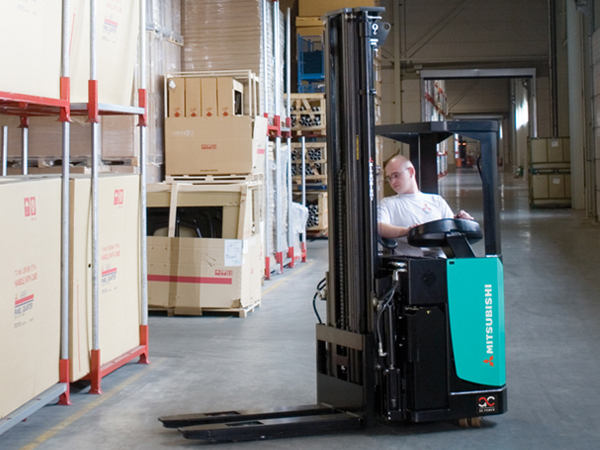According to Simplify My Packaging, 34% of product returns are as a result of damaged goods. MarketPlace also found that the average product travelling from a warehouse as a result of ordering online is dropped around 17 times enroute. As a result, 57% of customers will expect a full refund for goods that are damaged, states Project44. In turn, this costs business hundreds of thousands, if not millions of pounds every single year.
PMMI claims that replacing a product that is damaged can cost an ecommerce business up to 17 times more than the original cost of shipping it in the first place. CBRE states that, in total, 4.4% of revenue is lost as a result of damaged goods as they cannot be resold and, often, a refund is given. GeekWire also found that, in 2016, Amazon lost $7.2 billion as a result of damaged goods, so it’s important that you do your best to protect your stock.
1. Make sure employees are adequately trained
Your staff members should be properly trained on hand to handle products efficiently and safely. If they aren’t informed on the best ways to handle stock, then it’s more likely that accidents are going to happen. Not only is this bad for your stock, but it can also put your employees at risk, especially if products topple over as a result of not being secured down properly. Make sure that all of your employees are trained properly on how to handle even the heaviest of goods and how to check that loads are secured.2. Implement necessary safety regulations & protocols
Safety regulations are paramount at all times, regardless of how heavy the load is. Often, this comes under Health and Safety in the workplace and is a legal requirement for businesses across the country. Prepare for safety hazards before they happen to mitigate accidents and prevent product loss. Your employees should learn all about the safety protocols during their training.3. Ensure correct loading practices are executed
As well as the right training and safety protocols, you also need to make sure that the right loading practices are being implemented. Again, this should be something that’s outlined in your employee’s training programme. But it’s something that can be easily overlooked, especially during peak, busy times. Loading your pallets and goods effectively and in the right way will not only help to reduce product damage, but it’ll keep everyone safe also. Take a look at the machinery, the tools and the signage in and around your warehouse and ask yourself the following questions:- Are my employees wearing the right protective gear?
- Are the weight capacities clearly labelled on storage solutions, like warehouse racking and mezzanine flooring?
- Is my warehouse racking secure and balanced properly?
- Is all of my material handling equipment in good condition?
- Is all of my warehouse equipment fully-functioning?
4. Carry out visual inspections & regularly check loads
According to Safety Culture, a visual inspection is defined as: “…a common quality control method of inspection that uses only the naked eye to spot defects or issues. Trained safety and quality control specialists across different industries perform visual inspections to help standardise best practices as well as reinforce compliance with safety regulations and industry standards”. Make sure loads are fastened securely before attempting to transport them. You should also follow routes that have lines clearly painted on the floors and that you’re following all of the guidance on labels and signage. Before transporting the goods, and once you’ve established that the pallet is safe and secure, walk along the route you’re going to travel first and make sure that the right signage etc is in place to begin with. If it’s not, then don’t attempt to move the load and instead notify someone that the right safety procedures aren’t being adhered to.5. Keep your inventory as safe & secure as possible
This includes making sure that your warehouse racking is safe, secure and stable at all times, no matter how much is on it and no matter how your stock is stacked onto it. You can improve the stability of the racking by making sure heavier items are placed towards the bottom rungs and lighter items are at the top. They should have also been erected by a competent person and some form of paperwork should have been given to you to this effect. Not only will this prevent products from falling off the racking and becoming damaged, it’ll also protect your employees from harm as nothing will fall on them, including the warehouse racking itself.6. Store inventory in containers where applicable
If your products are small, light or compact, then instead of having them wrapped up in a pallet, put them neatly into a container instead. This helps to prevent small objects from falling out and becoming damaged that way. Putting items into boxes will also make storage and retrieval of items far easier. There are warehouse containers available, each made from different materials so that every industry can benefit from them. Some of the warehouse containers available include the following:- Collapsible containers
- Bins
- Boxes
- Metal containers
- Plastic containers







